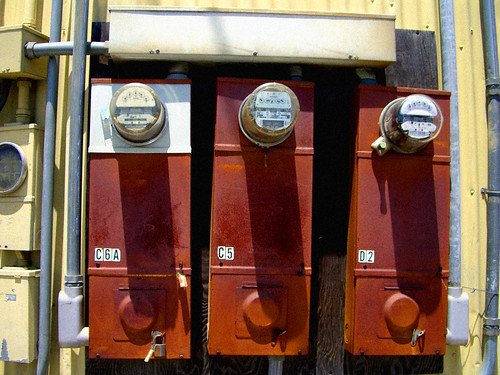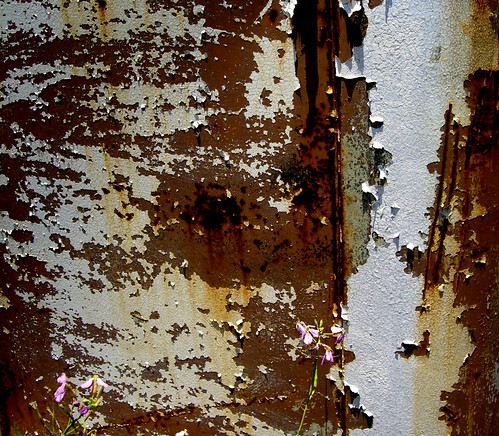I have spent a few more hours staring at my digital pictures. I found a good example of lens distortion, which is endearing.
Time seems to be slipping forward quickly, and normally I'd be all for whatever gizmos the future brings and I feel a little defensive and ludditish for stubbornly holding to the film cameras, even though my inner accountant is perpetually irritated by film/processing costs.
Supposedly the Impressionists are popular because they mimic the way normal people see. I guess we are all myopic. We see things through St Paul's dark mirror. We see things fleetingly and incompletely, it gives our imaginations something to do, our intelligence something to connect. The Impressionists present a point of view that is unashamedly human.
Digital presents a mechanical world entirely devoid of ambiguity. Every detail, every crack, every mote of dust is is dutifully rendered on a screen that is stridently two-dimensional. A surface that holds no secrets, no room for interpretation under its flashing, LED-illuminated face.
Film has mechanical aspects too. The camera's single lens and flat celluloid is at odds with our two eyes, concave retinas and fatty brain. Even then, the film itself has layers. Depending on the quality of light, different emulsions react. Even when negatives are scanned, some of that layered, nuanced quality is preserved. This is especially true of the primitive cameras, that somehow miss rendering every hair but present a rich gestalt.
Missing the blades of grass, but capturing the desolation, the $30 Holga
NB I hadn't wanted to use the word "gestalt" because it sounds like I am an academic-wannabe, but when I looked up possibly synonyms on Thesaurus.com, it thought I meant "coastal." So it has to stay.





2 comments:
You and my artist son and his wife really must meet and compare notes! It makes me smile how alike your views are :) I like the photos but I guess for you they are a little chocolate box, eh?
I love that rust shot.
Post a Comment